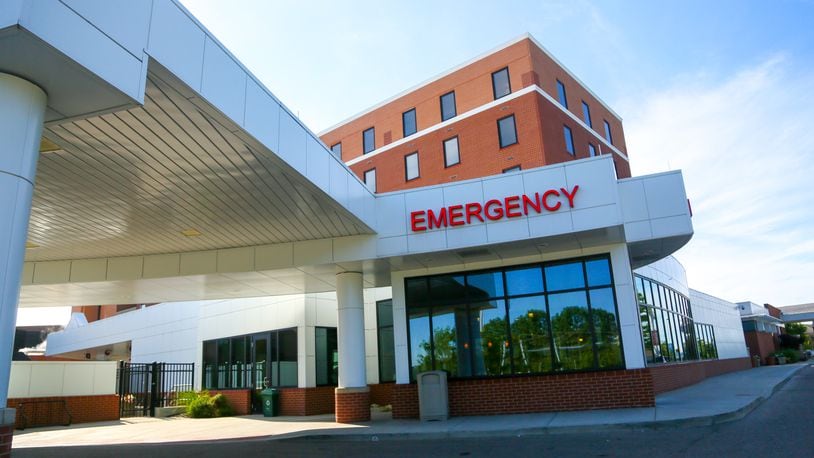Leapfrog, which grades hospitals on safety twice a year using federal data and information from voluntary surveys, uses the safety grades show there are differences in hospitals.
“Every patient should be aware of the risks,” Stewart said. The Safety Grade uses up to 22 national patient safety measures from the Centers for Medicare and Medicaid Services, information from the Leapfrog Hospital Survey, and information from other supplemental data sources to rank a hospital’s overall performance in keeping patients safe from preventable harm and medical errors.
Metro areas are areas where people are living, working and seeking care, said Stewart. They looked at metro areas with at least 500,000 residents and six hospitals, which included 93 areas in the U.S. Among those areas, Dayton was ranked at number 25, which was at or better than about 70% of the other areas in consideration.
“We know that hospitals that receive an ‘A’ are better at preventing harm than those hospitals that are receiving a lower grade, so it’s really critical for patients to monitor and be aware of the safety of a hospital before choosing a hospital,” Stewart said.
Leapfrog has worked with Johns Hopkins Medicine, and Stewart said their researchers estimated patients are twice as likely to die of a preventable problem at a “C,” “D” or “F” hospital rather than an “A” hospital.
“Over 50,000 lives would be saved if all hospitals performed the way an ‘A’ hospital did,” Stewart said.
The analyses were done in 2016 and again in 2019 as part of a contract Leapfrog had with Johns Hopkins Medicine’s Armstrong Institute for Patient Safety and Quality.
Kettering Health had multiple medical centers receiving an “A,” including Kettering Health Dayton, Kettering Health Hamilton, Kettering Health Main Campus, Kettering Health Troy and Soin Medical Center.
Kettering Health Miamisburg and Kettering Health Washington Twp. received “B” letter grades.
“Our ‘A’ grades reflect our providers’ and staff’s commitment to quality and safety,” said Dr. Jeffrey Weinstein, Kettering Health patient safety officer. “I’m grateful for everyone’s efforts, resulting in this designation, and we will continue to improve and innovate to deliver safe, high-quality care for our communities.”
Kettering Health employs more than 14,000 people. It has 14 area medical centers and more than 120 outpatient locations throughout Western Ohio, as well as Kettering Physician Network, which includes more than 700 board-certified providers.
Most of Premier Health’s hospitals were ranked with a “B” letter grade, including Miami Valley Hospital, Miami Valley Hospital South, Atrium Medical Center, and Upper Valley Medical Center. Miami Valley Hospital North received a “C” grade.
“We are proud of our caregivers’ commitment to quality and a safe environment. Insights from Leapfrog and other groups help us in advancing quality improvement initiatives that enhance our care,” said Dr. Roberto Colón, chief medical officer for Premier Health.
Premier Health employs approximately 11,685 people and its five hospitals include Miami Valley Hospital in Dayton, the region’s only level 1 trauma center. In addition, Premier Health provides care at its seven emergency departments, eight urgent care locations and more than 130 outpatient locations.
Other area hospitals graded include Wright-Patterson Medical Center with an “A,” Mercy Health - Springfield Regional Medical Center with a “B” and Bethesda Butler Hospital with a “C.”
“Patient experience is very difficult to influence without delivering better care, so these findings are encouraging,” said Leah Binder, president and CEO of the Leapfrog Group. “We were also pleased to see the decrease in preventable infections, which cause terrible suffering and sometimes death. When we look at these positive trends, we see lives saved—and that is gratifying.”
About the Author
